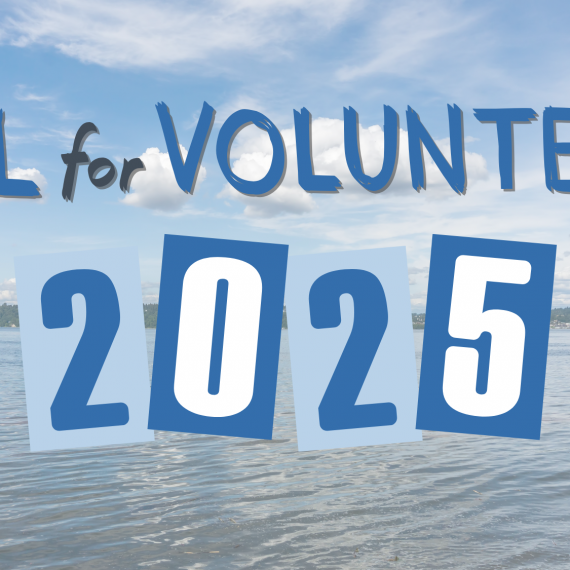Red Flag Monitoring Symposium
March 17th, 2018 – Red Flag Symposium
The Community Science Institute’s Red Flag Monitors have been collecting water quality data throughout the Southern Tier and Finger Lakes region of New York for many years now. Over time they have built up a robust water quality dataset. In the attached videos and accompanying presentation, CSI’s Outreach Coordinator, Claire Weston, reviews the goals, successes, and challenges of the Red Flag program, takes a closer look at some select datasets, and considers the future direction to the program.
In video part 1 of 2 Claire reviews parameters measured in the field and in the lab, discusses analytical and statistical methods used to analyze the Red Flag data, and goes over results for West Owego Creek, Newtown Creek, Cayuta Creek, and part of Catatonk Creek.
Video part 2 of 2 covers the results for Catatonk Creek, Patterson Creek, Fly Meadow Creek, Oriskany Creek, and Limestone Creek. Following specific data analysis, Claire also considers the effect of New York geology on groundwater, reviews Red Flag nutrient monitoring logistics and results, discusses the interesting case of Patterson Creek, and briefly mentions the Cayuga Lake HABs monitoring program.
*Please note: The presentation slides in the video can be difficult to read so it’s suggested that you follow along with the presentation while watching the videos. A couple slides were added and/or amended following the symposium. The videos do NOT cover the last 7 slides of the presentation due to an unfortunate technical difficulty. These seven slides include some information about the Cayuga Lake HABs monitoring program, a detailed review of the CSI instagram and its purpose, and some concluding thoughts.
Video Part 1



